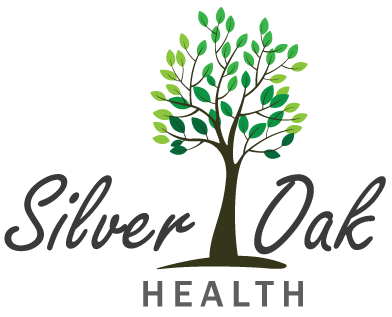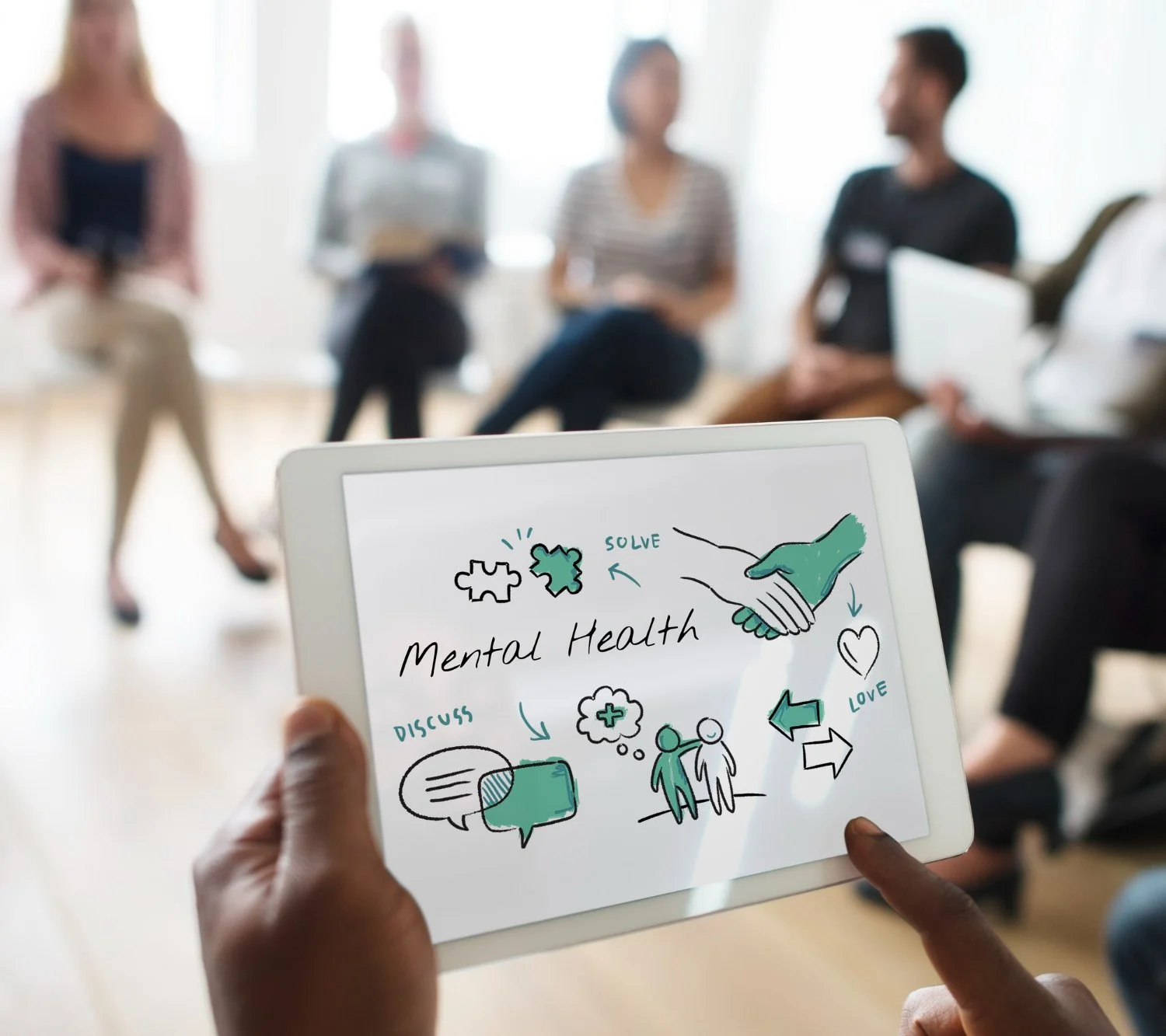7 WAYS A NEW-AGE EAP CAN REVOLUTIONIZE WORKPLACE MENTAL HEALTH
Burnout isn’t just a buzzword anymore, it’s real, and it’s everywhere. Deadlines, long hours, blurred work-life boundaries… employees today are under constant pressure. While Employee Assistance Programs (EAPs) first emerged decades ago to support workers in moments of serious crisis, they’ve since evolved into proactive, everyday mental health allies. Fast, flexible, stigma-free, and always within reach, designed for today’s workforce.
A new-age EAP flips that script. It’s proactive, preventive, stigma-free, and designed for the way people actually work today, embedded into the day, always within reach.
Here’s how it’s changing the game:
More Than Just a Crisis Helpline
Most people still think of an EAP as something you call when you’ve hit breaking point. A modern EAP is there before that moment, with blogs, videos, self-help tools, mindfulness tracks, mood checks, and quick assessments. Think of it as a daily mental health toolkit, not an emergency number.
Options That Fit Different People, Different Days
Some want to talk. Others prefer to read, reflect, or listen quietly. New-age EAPs offer a mix, from 2-minute breathing exercises to same-day counseling sessions. You choose what works in the moment. No pressure. No labels.
Support That’s Just a Tap Away
Clunky forms and outdated logins are out. Today’s EAPs are app-based, intuitive, and integrated with the tools you already use. Whether it’s tracking your mood, booking a session, or scrolling through resources, help is literally in your pocket.
Making Mental Health Part of Everyday Work
Stigma still exists, but when well-being is woven into work culture through challenges, campaigns, and open conversations, it starts to fade. Over time, asking for help feels as normal as asking for a meeting link.
Therapists Who Understand Work Stress
It’s easier to open up when your counsellor understands deadlines, team dynamics, and performance pressure. Modern EAPs connect employees with professionals who “get” the realities of work, so less time is spent explaining, and more time is spent making progress.
Insights That Lead to Real Change
Anonymized, aggregated data can reveal patterns, like stress spikes before product launches, or mood dips in certain departments. It’s not about tracking individuals. It’s about spotting trends early, tailoring support, and creating a workplace that actively responds to its people.
Built Into the Workday, Not Bolted On
The most effective EAPs don’t sit in a dusty HR portal. They appear as a 5-minute audio break, a quick mindfulness prompt in Teams, or a mood check on your phone as you badge in. Support shows up where the work happens, so it sticks.
The Bottom Line
A new-age EAP isn’t just a benefit. It’s a signal.
It says: “We care about you, not just your output.”
Because mental well-being isn’t a nice-to-have anymore, it’s the foundation of strong, sustainable teams. If your EAP still feels like a forgotten hotline, maybe it’s time to step into the new era: proactive, preventive, and truly people-first.
Author: Diya Ayappa
Diya is a trained counsellor and works as a content writer at Silver Oak Health. She is a passionate mental health advocate and is dedicated to creating awareness and fostering open conversations around mental well-being. Her blogs aim to empower individuals by addressing thought-provoking topics, providing personal insights, and making mental health a top priority for all.







